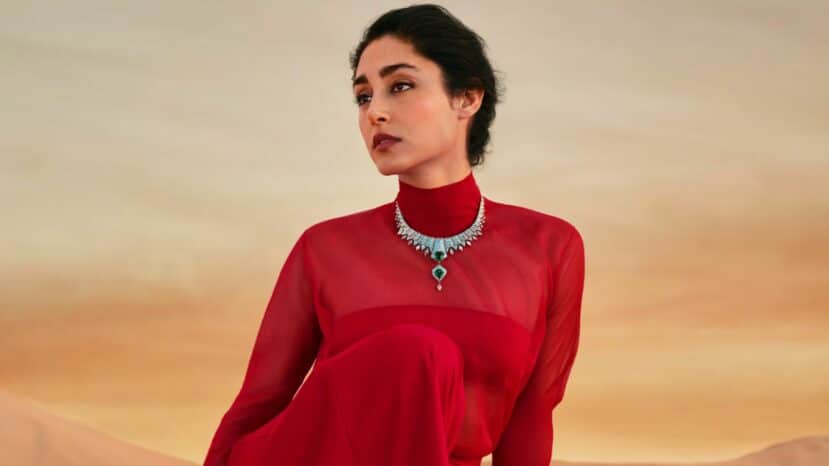Le Choker: the rebirth of a jewellery classic

The choker necklace is making a triumphant comeback in the collections of the great jewelry houses of Place Vendôme.
The choker, recognizable by its short, throat-fitting shape, spans the ages and styles. Born in ancient civilizations, this necklace dates back to Mesopotamia and ancient Egypt, where it symbolized social status and offered spiritual protection. The Egyptians adorned their necks with beaded necklaces, while much later, Renaissance women used ribbons to underline their elegance. Anne Boleyn, wife of Henry VIII, illustrates her charm in a famous portrait in which she wears an emblematic choker.
In the late 18th century, post-revolutionary French nobles adopted red silk chokers as a tribute to the victims of the guillotine. However, this jewel gained a refined dimension in the Victorian era, when high society women adorned it with cameos, lace and precious stones, creating a contrast between sophistication and audacity.
The stylistic evolution of the choker
The early 20th century marked a turning point for the choker, propelled by visionary jewelers such as Henri Vever and René Lalique. They introduced versions adorned with floral or feminine motifs on central plates, suspended by pearls and gems. This aesthetic, dubbed “dog collar” by the Anglo-Saxons, transformed the choker into a symbol of mysterious yet assertive femininity.
Today, the choker is once again a must-have. Jewelry houses are reinventing this jewel in luxurious variations: set with diamonds, in multiple rows of pearls, or adorned with high-carat stones. This return marks a fusion of modernity and tradition, allowing the choker to adapt to any style.
For more luxury news, visit Paris Select Book!




